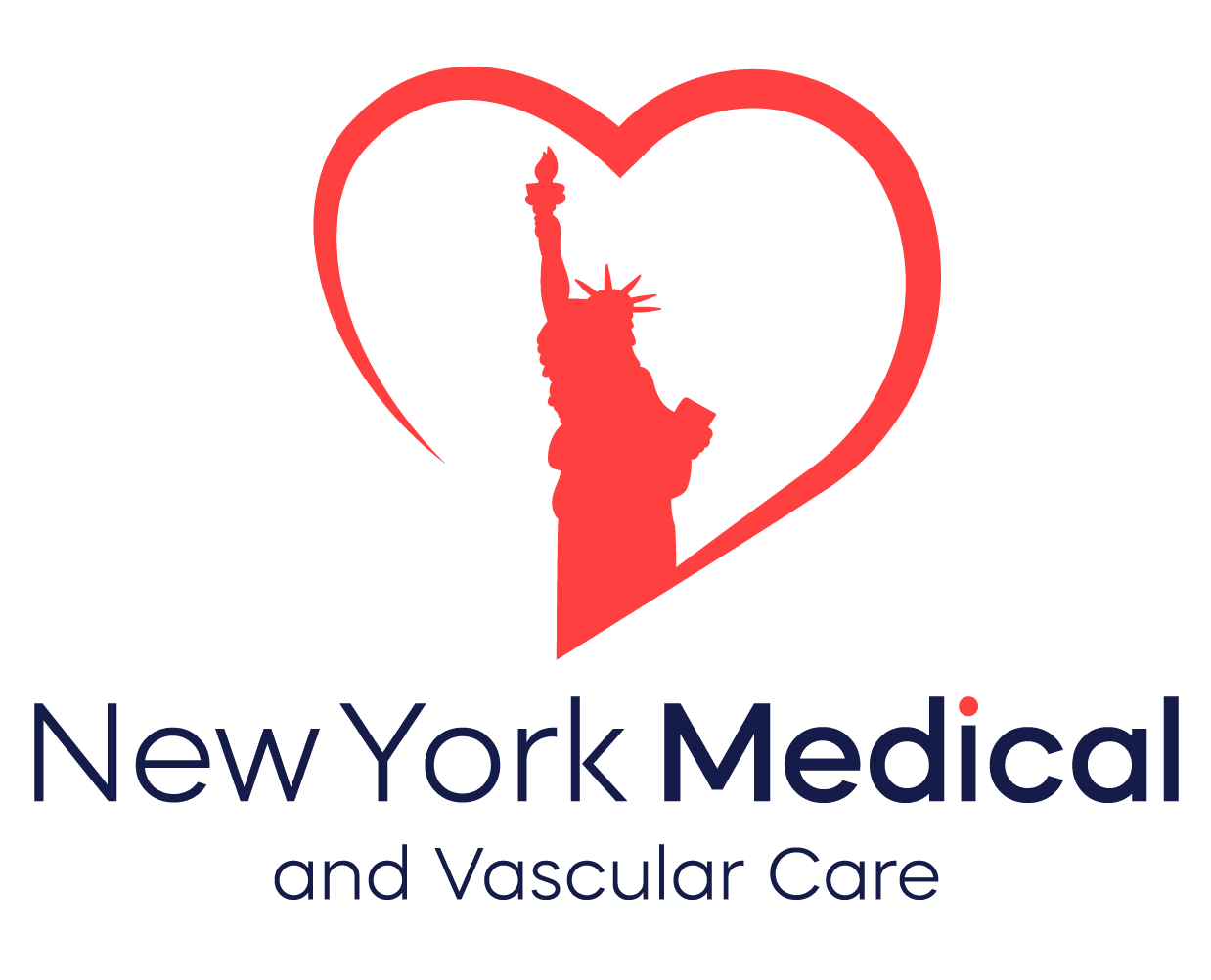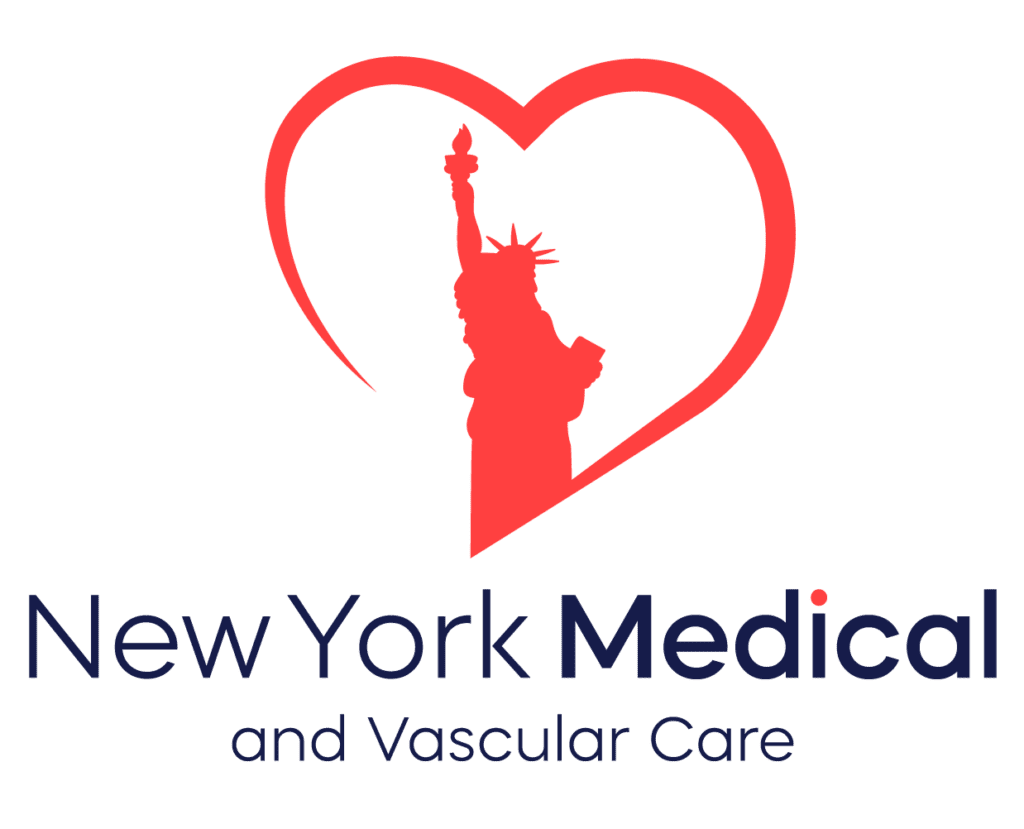We often think of heart attacks as “sudden” events that strike without warning. But new research has confirmed what cardiologists have long suspected: almost every heart attack is linked to known, measurable, and modifiable risk factors. In fact, a large international study published in 2025 reported that 99% of heart attacks and strokes occurred in people who had at least one major cardiovascular risk factor.
This finding isn’t meant to scare you—it’s meant to empower you. Because if nearly all heart attacks are linked to identifiable risks, then taking control of those risks can dramatically reduce the chance of becoming a statistic.
What Are the “Known Risk Factors”?
The major, well-established risk factors for heart disease and heart attacks include:
- High blood pressure (hypertension)
- High cholesterol (especially LDL cholesterol)
- Diabetes or prediabetes
- Smoking
- Obesity and physical inactivity
- Unhealthy diet (high in salt, sugar, saturated/trans fats)
- Excessive alcohol use
- Family history and genetic predisposition
Other contributors—like stress, poor sleep, and chronic inflammation—also play roles. But the bulk of risk comes from the list above.
What the Study Found
The recent global study, spanning over 100,000 participants, revealed:
- 99% of people who experienced a heart attack or stroke had at least one measurable risk factor.
- The more risk factors present, the higher the likelihood of cardiovascular events.
- Even one risk factor—for example, untreated high blood pressure—substantially increased risk compared to people with none.
- Combining risks (e.g., high cholesterol + smoking + diabetes) had an additive effect, leading to much earlier and more severe cardiovascular disease.
The implication is clear: heart disease is largely preventable through identification and management of these risks.
Why “Silent” Risk Factors Matter
One of the challenges is that many of these risk factors have no obvious symptoms until advanced.
- High blood pressure is often called the “silent killer” because most people don’t feel it.
- High cholesterol rarely causes symptoms until plaque buildup leads to blocked arteries.
- Prediabetes can persist unnoticed for years before developing into type 2 diabetes.
That’s why annual check-ups and routine lab work are critical. Simple blood tests, blood pressure measurements, and basic screenings can reveal these silent risks long before they cause trouble.
How Risk Factors Lead to Heart Attacks
Heart attacks occur when one or more coronary arteries (the vessels that supply the heart muscle) become blocked, usually due to a blood clot forming on top of an atherosclerotic plaque. Each risk factor accelerates this process in different ways:
- High blood pressure damages vessel walls, making them prone to plaque buildup.
- High cholesterol contributes to plaque formation and instability.
- Smoking promotes clotting, narrows arteries, and lowers “good” HDL cholesterol.
- Diabetes causes inflammation and damages small blood vessels.
- Obesity and inactivity increase blood pressure, worsen cholesterol, and promote insulin resistance.
When combined, these factors can drastically speed up arterial damage.
The Role of Preventive Care
Because risk factors are measurable, prevention is possible. Annual or semi-annual check-ups allow healthcare providers to:
- Track blood pressure and cholesterol levels
- Screen for diabetes and prediabetes
- Provide smoking cessation support
- Counsel on diet, exercise, and weight management
- Prescribe medication when lifestyle changes aren’t enough
At NYMVCare, cardiovascular prevention is a cornerstone of patient care. Services such as echocardiograms, nuclear stress tests, and vascular ultrasounds can provide deeper insight into heart and vessel health when needed.
The American Heart Association’s “Life’s Essential 8”
To simplify prevention, the AHA developed the Life’s Essential 8, key health and lifestyle measures proven to reduce cardiovascular risk:
- Eat a healthy diet
- Be physically active
- Avoid nicotine
- Get adequate sleep
- Maintain a healthy weight
- Manage cholesterol
- Control blood sugar
- Manage blood pressure
The closer you are to achieving these eight, the lower your lifetime risk of heart disease and stroke.
What Patients Can Do Right Now
- Know your numbers
- Blood pressure should ideally be below 120/80 mmHg.
- LDL cholesterol should be <100 mg/dL for most people.
- HbA1c (a measure of blood sugar) should be <5.7%.
- Blood pressure should ideally be below 120/80 mmHg.
- Book your annual wellness visit
Even if you feel fine, screenings are the only way to detect silent risks.
- Take lifestyle changes seriously
- Exercise 150 minutes/week (brisk walking counts).
- Adopt a Mediterranean-style diet (fruits, vegetables, whole grains, lean proteins, healthy fats).
- Get 7–9 hours of quality sleep.
- Exercise 150 minutes/week (brisk walking counts).
- If you’re prescribed medication, take it consistently
Blood pressure pills, statins, or diabetes medications can dramatically reduce risk—but only if taken as directed.
Why This Matters After COVID
Emerging research also shows that COVID-19 infection can worsen cardiovascular risk, even long after recovery. People with post-COVID symptoms have been shown to face higher risks of heart attacks and arrhythmias. This makes routine cardiovascular screening more important than ever.
NYMVCare’s Role
At NYMVCare, we emphasize both screening and treatment:
- Annual physicals & labs to track blood pressure, cholesterol, and blood sugar
- Cardiology consultations for patients with multiple risk factors
- Advanced imaging (echocardiograms, nuclear stress testing, vascular ultrasounds) to detect early heart and vessel disease
- Personalized prevention plans that include lifestyle coaching, medication management, and follow-up scheduling
Call to Action: If you haven’t had your blood pressure, cholesterol, or blood sugar checked this year, schedule your annual wellness visit with NYMVCare. Almost all heart attacks can be predicted by risk factors—don’t wait until it’s too late.
Conclusion
The finding that 99% of heart attacks are tied to known risk factors should give us hope, not fear. It tells us that cardiovascular disease is not simply a matter of fate—it’s something we can influence, measure, and control.
Every visit to the doctor, every screening test, and every healthy choice you make chips away at risk. Prevention may not always feel urgent, but it is the most powerful weapon we have against the leading cause of death worldwide.
Your heart health is in your hands. Start with one step today—book your check-up.
📍 Local NYMVCare Callout
At NYMVCare, we see every day how early action saves lives. Our preventive cardiology team helps Brooklyn patients manage high blood pressure, cholesterol, and diabetes before they lead to serious events.
✅ Next Steps / Book Now
Take control of your risk. Schedule your annual wellness visit or cardiac screening at NYMVCare today and learn your heart health numbers. Prevention is power.


